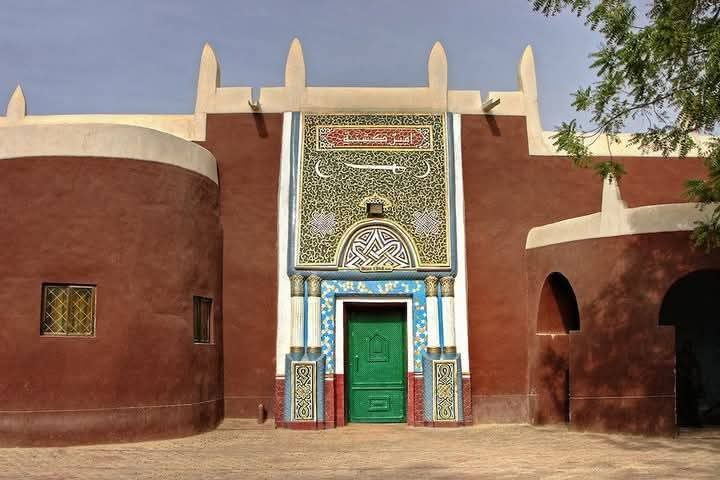Gidan Korau: The Enduring Majesty of Katsina's Royal Palace

Gidan Korau: The Enduring Majesty of Katsina's Royal Palace
At the heart of the ancient city of Katsina stands one of Nigeria’s most iconic historical monuments — the Katsina Royal Palace, famously known as Gidan Korau. A living testament to centuries of tradition, leadership, and cultural excellence, Gidan Korau continues to embody the spirit of the Katsinawa people.
Constructed in 1348 AD — nearly seven centuries ago — the palace was commissioned during the reign of Muhammadu Korau, celebrated as the first Muslim ruler of Katsina. His ascension marked a pivotal chapter in the city's history, ushering in the firm establishment of Islam, which profoundly influenced Katsina’s governance, education, and societal structures.
More than just a royal residence, Gidan Korau was envisioned as a fortified city within a city. Its sprawling complex of compounds, gardens, courts, and royal apartments showcases the mastery of traditional Hausa architecture. Built predominantly from mud bricks, the palace’s grand entrances and intricate motifs remain a striking reminder of the ingenuity of ancient Hausa builders and the political sophistication of the Emirate system.
Throughout its history, the palace has served as the seat of the Emir of Katsina, evolving from the Habe dynasty through the Fulani Jihad period to the colonial and modern post-independence eras. Gidan Korau has witnessed wars, diplomatic triumphs, religious movements, and the continuous redefinition of leadership across generations.
The Legacy of Katsina’s Rulers
Katsina’s monarchical lineage is deeply rooted in two principal eras: the Habe dynasty, which predated the Fulani Jihad, and the Fulani dynasty that followed.
The Habe Dynasty (Pre-Jihad) includes notable figures such as:
-
Kujaku
-
Sanjata
-
Korau (1348 AD – First Muslim King)
-
Jikamshi
-
Uban Doma
-
...and several others culminating in Ummarun Dallaje, the last Habe ruler before the early 19th-century Fulani revolution.
The Fulani Dynasty (1807–Present) commenced with:
-
Umaru Dallaje (1807–1835) — the first Fulani Emir following the Jihad,
-
Followed by leaders including Muhammadu Dikko (1906–1944), Usman Nagogo (1944–1981), and the current Emir, Abdulmumini Kabir Usman (since 2008).
Each ruler left an indelible mark, guiding the Emirate through periods of conquest, colonial rule, and national integration.
The Galadima: A Pillar of Palace Authority
Within the palace’s intricate system of governance, the title of Galadima of Katsina holds special significance. Traditionally the highest-ranking official after the Emir, the Galadima acted as a chief adviser, military commander, and, at times, regent.
During the Habe era, the Galadima’s authority was centered within the palace, reflecting a system focused on internal court affairs. However, post-Jihad reforms transformed the role, assigning the Galadima administrative control over a district beyond palace walls.
The first post-Jihad Galadima, Malam Dudi, was appointed around 1808 during the reign of Ummarun Dallaje. His successors, including Galadima Abdullahi (1821–1861) and Galadima Sallau (1894–1915), contributed to the evolving nature of the title, with some relocating administrative headquarters to areas like Malumfashi.
In modern times, distinguished figures such as Hon. Justice Mamman Nasir, who has held the title since 1992, have continued to uphold its prestigious legacy.
A Living Museum of Katsina’s Heritage
Today, Gidan Korau stands as a vibrant cultural landmark, playing host to ceremonial events and attracting visitors from across Nigeria and beyond. It remains not merely the residence of the Emir but a living museum — a monument to Katsina’s Islamic heritage, its traditions of leadership, and its enduring historical significance.
As generations come and go, Gidan Korau continues to inspire awe, inviting all who pass through its grand gates to step into the rich tapestry of Katsina’s royal past.

